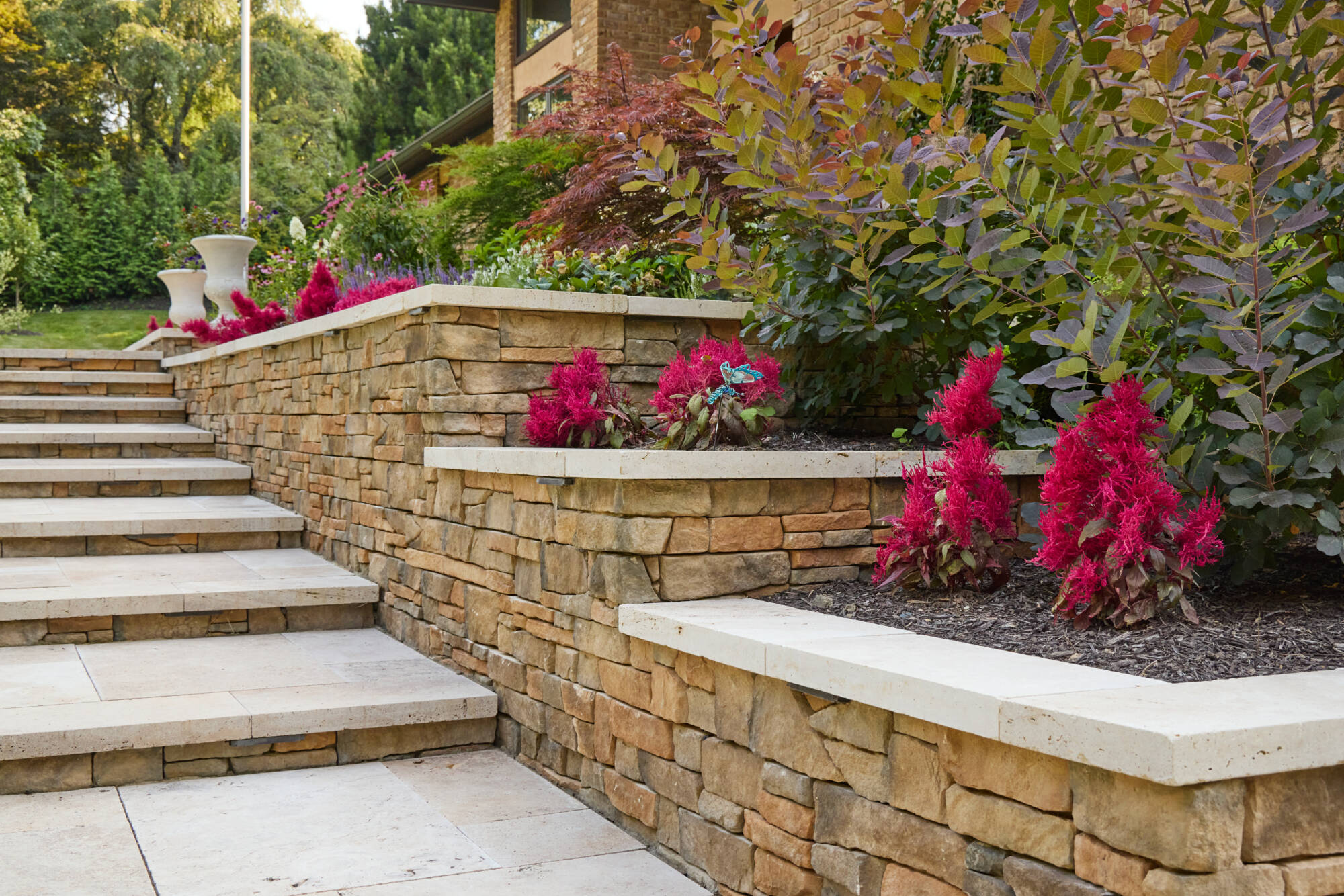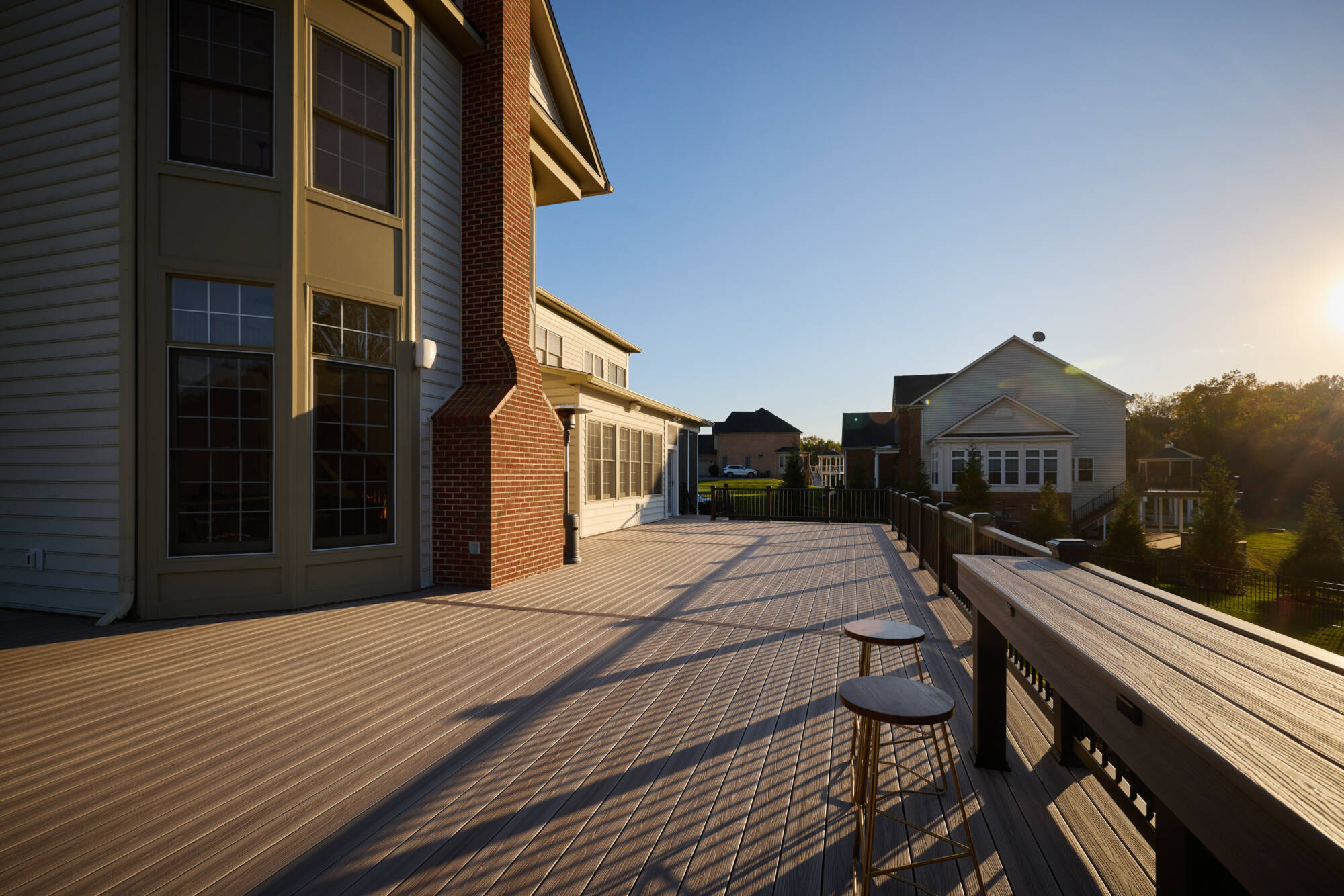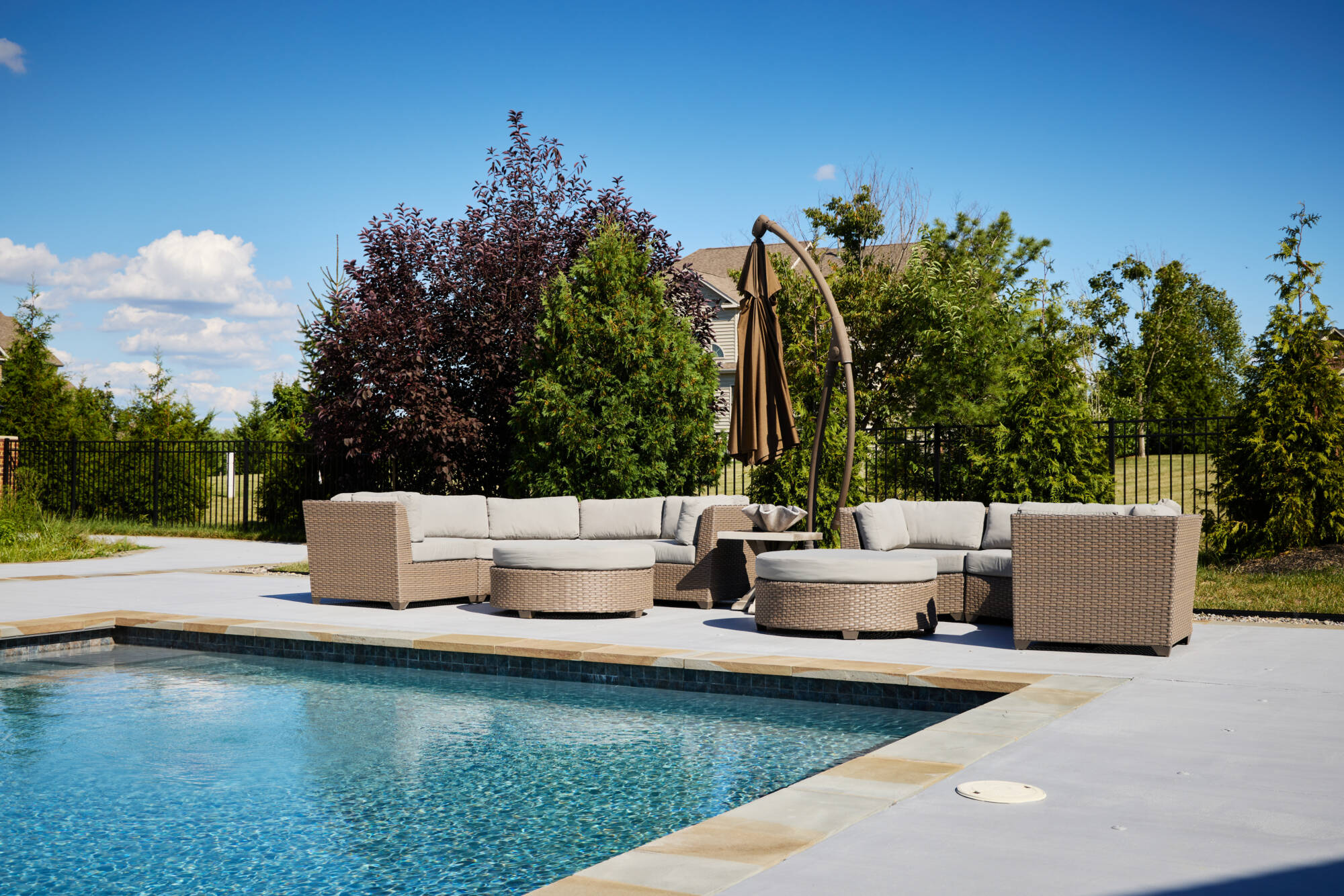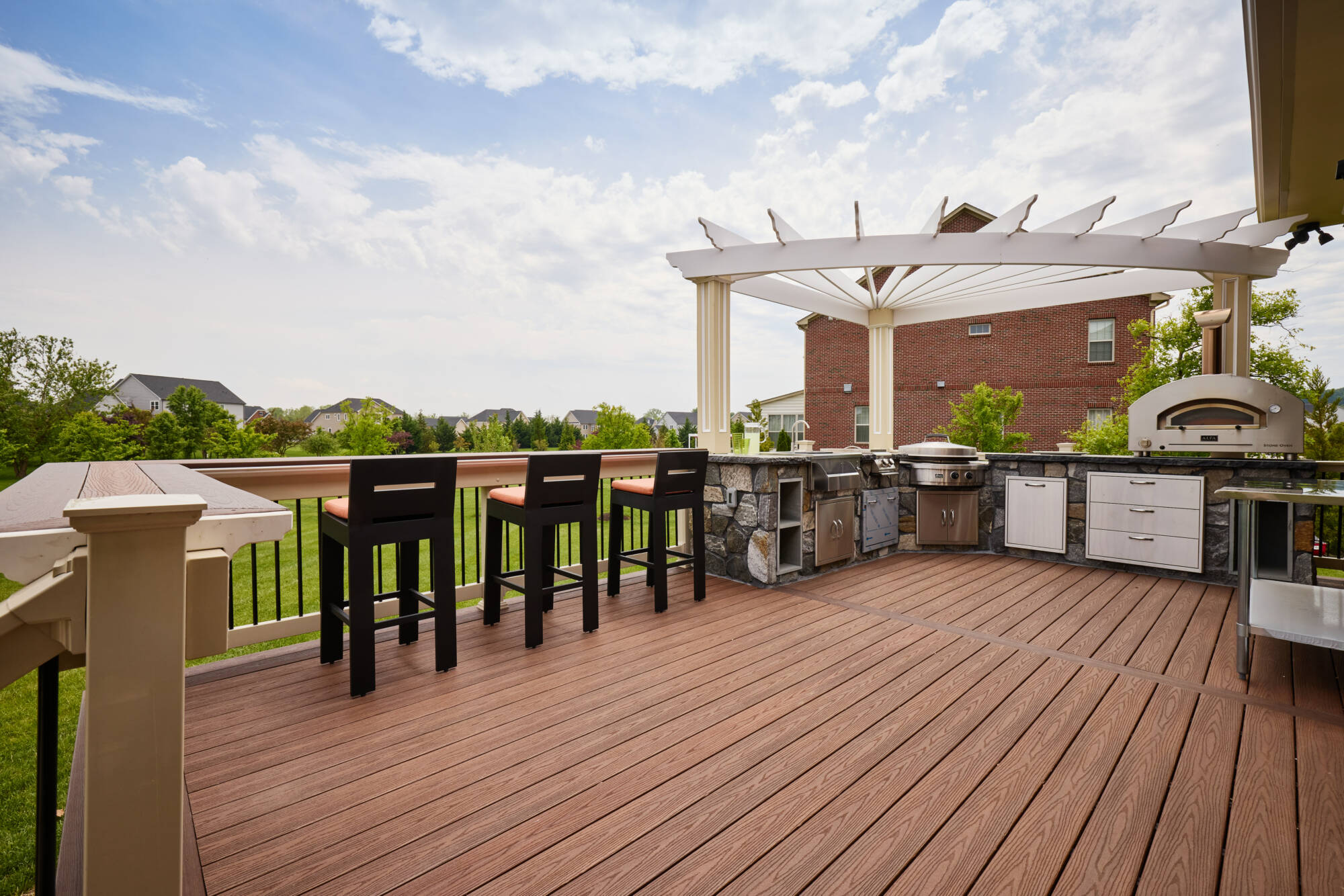No matter how cold it is outside, some of us are always thinking about outdoor…

Top 10 Summer Garden and Landscaping Tips
In between back-to-school shopping and planning for the Labor Day weekend, find some time to take a good hard look at your landscaping. Chances are good that your garden beds need a little TLC, and there may be certain plants and shrubs that haven’t fared so well over the summer.
Keep reading for our top 10 summer garden and landscaping tips to keep your yard looking its best in these last few weeks of summer.
1. Be Wise with Watering
You invested time and money in your landscape. Don’t let underwatering or overwatering destroy your investment. Water flowers, shrubs, and newly planted trees according to their specific watering needs. If you’re not sure, look it up.
Water in the morning between 6 a.m. and 10 a.m. or in the late afternoon between 4 p.m. and 7 p.m. By avoiding the hottest portion of the day, less water evaporates and more of it gets to the plant.
Water from below. Water at the root zone with a soaker hose, or a sprayer hose. Avoid watering from above. This can cause damage to the leaves of many plants. And water deeply rather than give frequent sprinkling.
2. Plant Drought-Resistant Plants
Yes, we know what you’re thinking. Isn’t it too late to plant anything in the dog days of summer? Not necessarily. Some lawn and garden stores have perennials at deep discounts. See what’s available and buy plants now, or make note of what your options are and plant them in the spring. If you do plant anything, be sure to water it well to help it get off to a strong start in your garden beds.
Some great drought-tolerant options for Maryland gardens include:
- False Blue Indigo
- Black-Eyed Susan
- Coneflowers
There’s a reason the Black-Eyed Susan is the Maryland state flower. It grows easily in many different soils and is drought-tolerant. A bonus to many of these plants is that pollinators love them.
RELATED READING: Plant This, Not That: Avoiding Invasive Plants
3. Deadhead Your Flowering Plants
When blooms are spent, deadhead your annuals and perennials. It can encourage new blooms, and can also improve the look of your summer garden. The exception might be coneflowers and Black-Eyed Susan, both of which provide lots of seeds for the birds – the bright yellow male Goldfinch is especially fond of coneflowers.
4. Keep Up with the Weeds
Weeds can thrive in dry, hot weather. They can also sprout prolifically after a day of rain. Be sure to pull weeds from your garden beds and lawn before they have a chance to go to seed.
5. Remove Dead, Dying, or Overgrown Shrubs and Trees
We’re not talking about pruning a slightly overgrown bush. We’re talking about removing monster foundation bushes that have completely overtaken a space, blocking light from entering your home. Summer is a great time to remove them so you have a clean slate to work with.
Now is also the time to remove dead or dying shrubs and trees. Not only are they unsightly, but it’s best to remove a dying tree before high winds or heavy snow take it down for you. For larger trees, be sure to hire a local tree service.
6. Mulch Bare Spots
If you remove overgrown or dead shrubs and trees, you may decide to plant something else in the newly available space. If you do this, mulch afterward. You should also take this opportunity to mulch any bare spots. This will protect existing plants and help prevent weeds.
7. Make a Plan to Divide Perennials
You may not need to go out and buy new plants if you like the perennials you already have. Take note of which perennials seem to be a bit overcrowded. Hostas, coneflowers, Blake-Eyed Susan, and other summer-blooming perennials should be divided in the fall after they have finished blooming. The University of Maryland Extension has some great tips on caring for perennials.
8. Watch for Pests and Disease
Be on the lookout for pests such as slugs, aphids, groundhogs, rabbits, and more. And watch for signs of disease, such as shriveled or spotted leaves. Google the safest way to rid your lawn and garden of these pests. Hire a professional if necessary.
9. Replace or Add to Your Hanging Baskets and Potted Plants
Hanging baskets or pots that looked lush and colorful in the spring may look a little worse for wear by August. Consider replacing them entirely, or removing spent plants and adding new ones from the garden center.
10. Mow As Needed and Not on a Schedule
We’ve been focusing on your garden beds but should mention your lawn as well. When the weather is hot and dry, unless you’re watering your grass, you can decrease how often you mow the lawn. You may decide to conserve water and allow your grass to go dormant. It will spring back to life once the temperatures cool a bit and we get more rain.
Many of these summer garden and landscaping tips involve things you can do yourself. But if you have a larger project, consider hiring a landscaping company.
Get a Better Outdoor Experience with Lazo
If you’re looking to upgrade your landscaping for a more attractive and enjoyable outdoor experience, we can help. Our residential landscaping team has the skills and knowledge you need to ensure a healthy landscape. Services include landscape design, seasonal cleanup, mulching, tree installation, hardscaping, and more.
We serve homeowners in Baltimore City and County, Harford County, Cecil County, Carroll County, Frederick County, Montgomery County, Howard County, Prince Georges County, and Anne Arundel County. Call 866.568.6264 to get started.




This Post Has 0 Comments